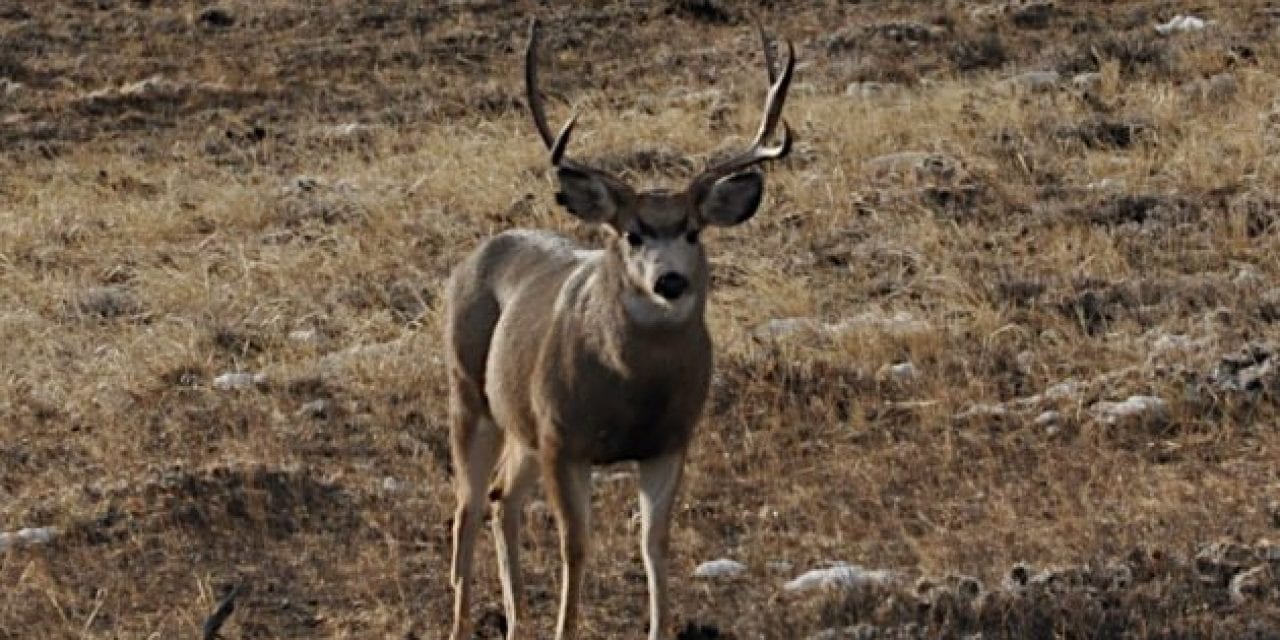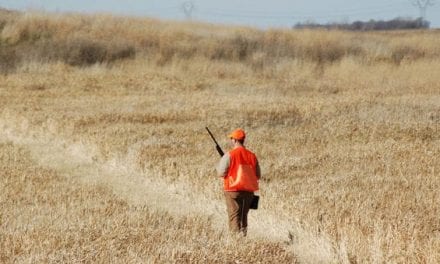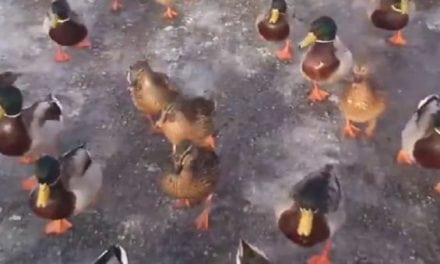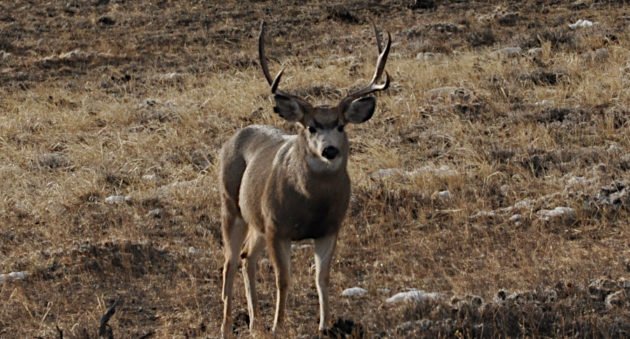
Scientists are closely monitoring Utah’s Antelope Island mule deer herd.
Isolated in the Great Salt Lake near Salt Lake City, Utah, Antelope Island’s mule deer herd is being watched closely by scientists through recent radio collaring efforts.
According to the Standard Examiner, staff members and biologists with the Utah Division of Wildlife Resources worked to radio collar, take blood samples and other data from a sample pool of around 50 animals from the island’s estimated population of 500.
The island has offered limited big-game hunting in the past to help control the populations of deer, pronghorn and bighorn sheep there. In 2016, the island’s rare hunts made headlines when a single mule deer tag for the island sold at sportsmen’s auction for a jaw-dropping $410,000. This was largely because the island is considered to hold some of the largest mule deer in the world. The mule deer permit sale was not without controversy, as some people felt hunting shouldn’t be taking place in Utah State Parks.
That hunting permit sale came just two years after a pronghorn antelope permit on the island sold for an equally jaw-dropping $305,000.
The Standard Examiner reports the DWR believes the population is at a healthy level on the island right now, but they are keeping a close eye on it. “Mother Nature is real good at taking care of herself, but my job as a biologist is trying to reduce the amplitude of how many die,” District Wildlife Biologist Eric Anderson told the Standard Examiner. “If (the population gets) too high, you’ll see a real steep die-off.”
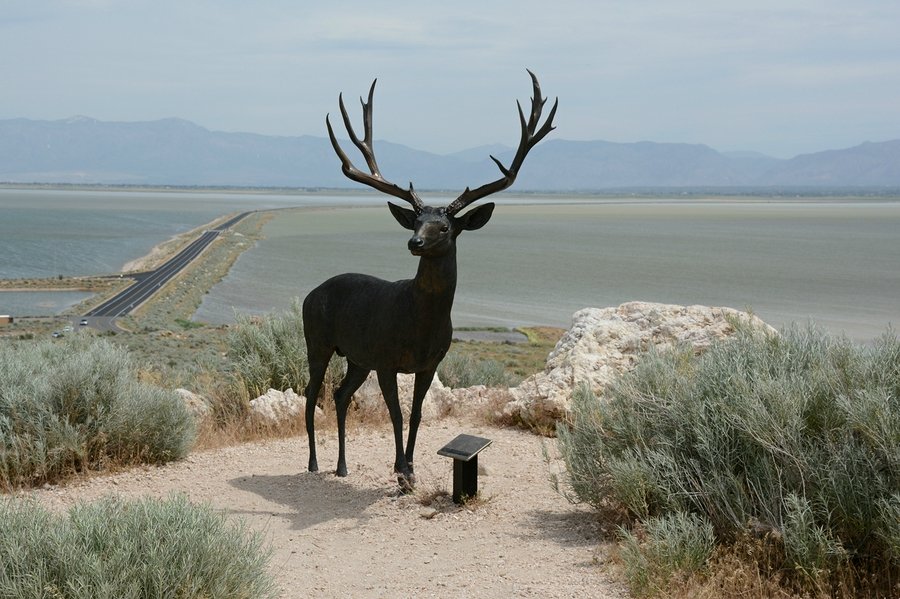
To capture the subjects for the study, the DWR has enlisted the services of Heliwild, a company that does nothing but capture and transport animals. The company uses a net gun to tangle up and slow the animal before being restrained and transported to Fielding Garr Ranch where the DWR performed their research work weighing and measuring the animals. Some were given vitamin shots.
One big factor in this work is affixing tracking collars that allow the biologists to track the animal’s movements. Some do migrate off the island on occasion. The biologists also use the collars to locate an animal after it has died so they can analyze the cause of death and other factors that may affect the living herd.
The biologists had not done a study of the deer and their migration patterns like this on the island for five years. While the helicopter study can be stressful on the animals, most are released unharmed.
The Standard-Examiner reports one big buck suffered from some broken teeth, but such injuries are a rarity and the animal received treated by a vet before being released.
“Doing the helicopter is one of the safest ways for people… and for the animal,” Anderson told the publication. “Occasionally you do get injuries, but animals are very durable and can sustain a lot of injuries … most of what we’re seeing might just be hair being scraped off … (or) scratches.”
The entire island is considered part of Antelope Island State Park and it’s a popular tourist attraction for its abundant natural resources. In addition to the other big-game animals we’ve mentioned, the island also holds a population of bison, some of which have been used in captive wildlife conservation breeding programs to reintroduce herds to historic ranges where they had previously been wiped out.
For more outdoor content from Travis Smola, be sure to follow him on Twitter and check out his Geocaching and Outdoors with Travis Youtube channels.
NEXT: THE ECONOMIC IMPACT OF THE HUNTING INDUSTRY: HOW IT’S HELPING, HOW IT’S HURTING
WATCH
The post Biologists Studying Utah's Antelope Island Mule Deer Herd through Radio Collar Study appeared first on Wide Open Spaces.

